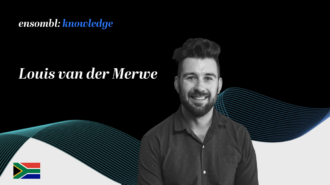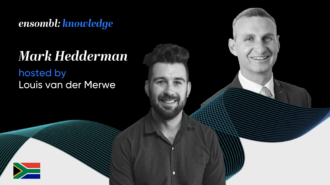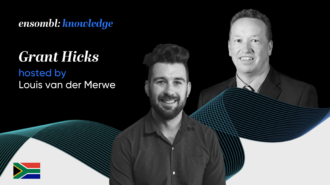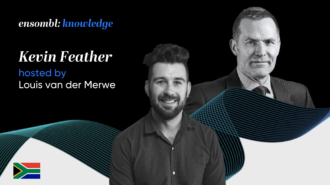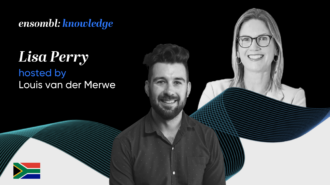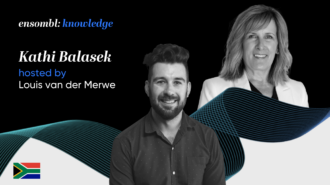Episode details
You can get a transcript of this podcast here
Renate is the Founder and Director at Noble Prosperity. She and Louis chat about the importance of upskilling, financial coaching and how it’s tied to the psychology of money.
Renate Jute LinkedIn
Noble Prosperity Website
For more information on PortfolioMetrix reach out to our team or follow us on LinkedIn.
Asset-Map. Deliver advice, faster.
Visit Allan Gray to learn how they build long-term wealth for clients.
Join the XY platform:
App Store
Google Play
Desktop
You can get a transcript of this podcast here
More from the South Africa
The latest




